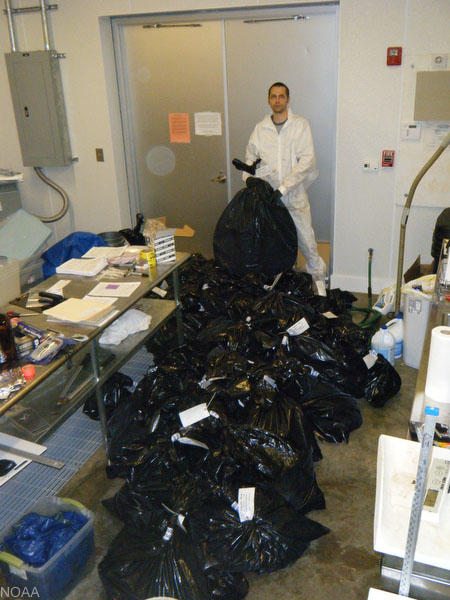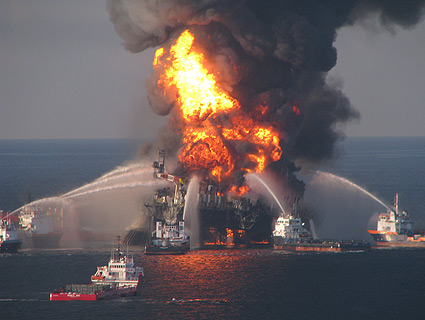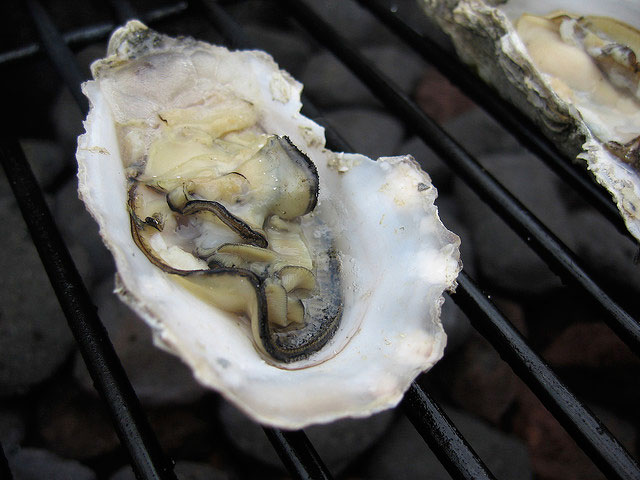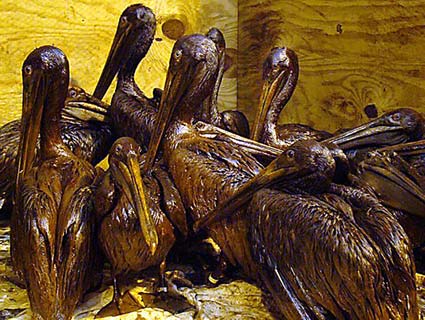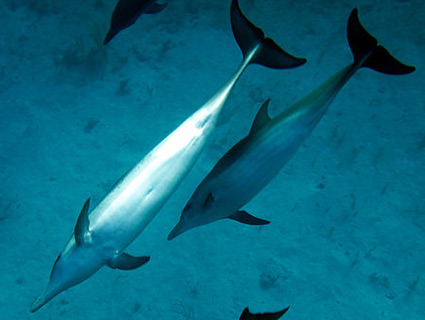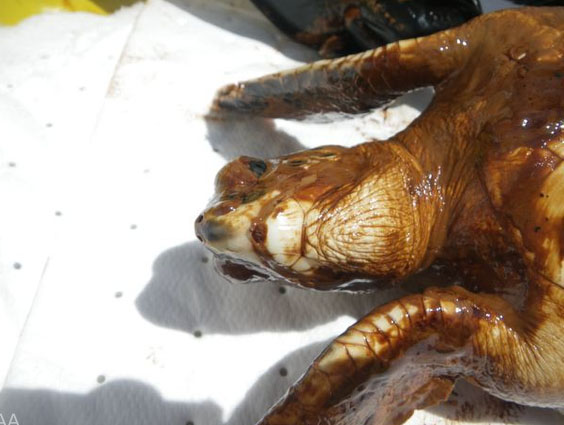
Photo courtesy of Greenpeace
It’s been two years since the Deepwater Horizon disaster unleashed 4.9 million barrels of oil on the Gulf of Mexico. In the midst of the disaster, BP and its contractors did everything they could to keep people from seeing the scale of the disaster. But new photos released Monday offer some new insight to just how grim the Gulf became for sea life.
The images were released in response to a Freedom of Information Act request that Greenpeace filed back in August 2010, asking for any communication related to endangered and threatened Gulf species. Now, many months later, Greenpeace received a response from the National Oceanic and Atmospheric Administration (NOAA) that included more than 100 photos from the spill, including many of critically endangered Kemp’s Ridley sea turtles dead and covered in oil.
Most photos are missing dates and descriptions, though the FOIA request covered the period of April 20, 2010, to July 30, 2010. But they’re pretty shocking—which is probably why they weren’t made public at the height of the spill. “It just makes me furious,” said John Hocevar, a marine biologist who works for Greenpeace. “I had so many conversations with people in various government agencies working on the Gulf spill, and I feel like they were hiding things from all of us.”
“The White House was sitting on this stuff for over two years, at the same time they were saying everything was fine, that the oil was gone, and while they were rushing ahead with plans for new drilling in the Gulf, the Arctic, elsewhere,” Hocevar continued. “It’s just not okay. This is not an acceptable type of collateral damage.”
Mother Jones has requested comment from NOAA but had not received a response at press time.
Jump below the fold to see some of the photos that have been kept under wraps for the past two years:
